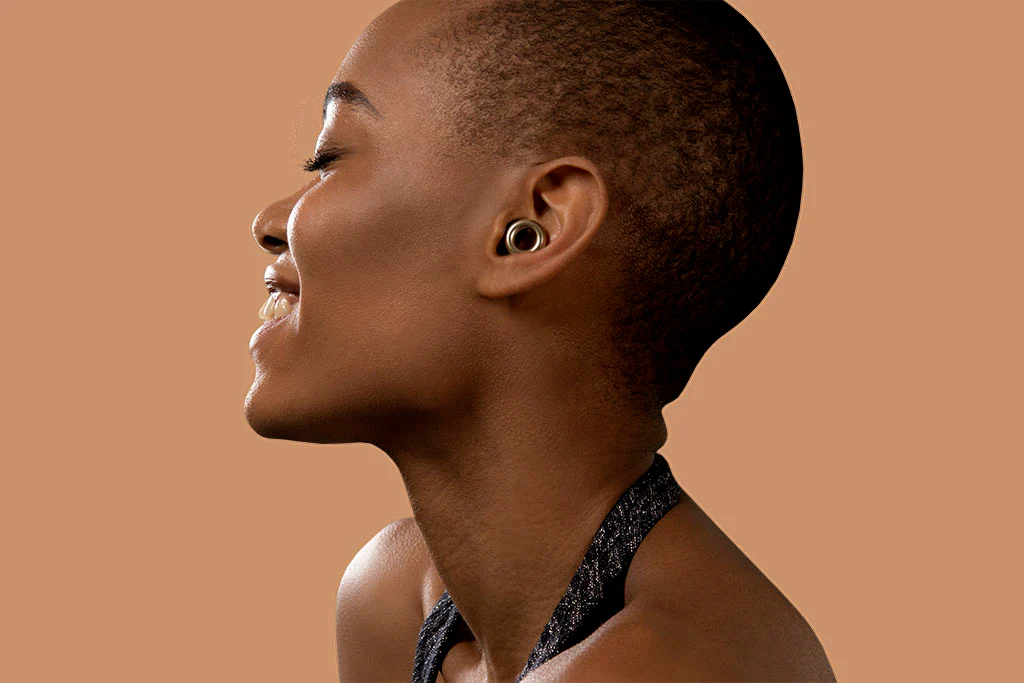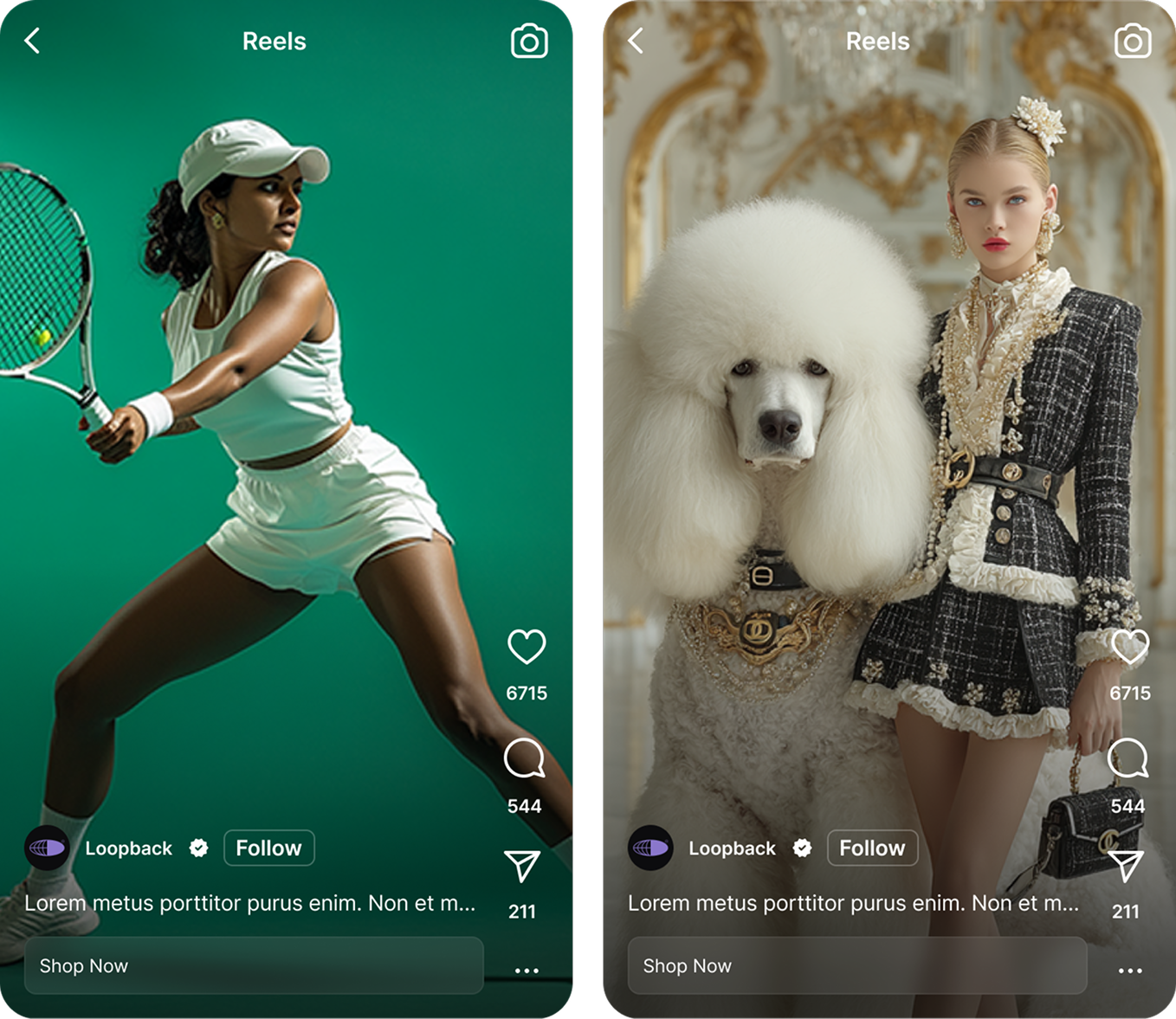2025 Influencer ROI Benchmarks: What Brands Need

The Problem With Influencer ROI Today
The uncomfortable truth: most brands still don’t know whether their influencer budgets are actually working. They track reach, impressions, likes, and comments. Metrics that look good in a board deck but don’t answer the only question that matters: did this move revenue?
That blind spot is staggering when you consider how much money is at stake. In 2025, influencer budgets are no longer experimental, they’re line items that rival Meta and TikTok ad spend. Yet while performance teams demand RoAS, CAC, LTV, and contribution margin from paid social, those same standards are rarely applied to influencer marketing. The result? Billions spent on “brand awareness” that can’t be traced back to sales.
Here’s the contrarian view: influencer marketing isn’t inherently unmeasurable. The problem is that most brands still treat it like PR. They negotiate one-off posts, celebrate engagement spikes, and then complain about the lack of attribution. But when creators are managed like a performance channel: benchmarked, forecasted, amplified. ROI becomes not just measurable but predictably scalable. Optimed for true business outcomes. Boosted through paid social budgets.

This is the shift The Cirqle defined: the Creator Performance Era. In this new reality, influencer marketing isn’t a nice-to-have experiment or a fluffy awareness play. It’s a performance channel, accountable to the same financial metrics as every other part of your media mix. And in performance marketing, benchmarks aren’t optional—they are the operating system. Without them, you’re not just under-optimizing. You’re guessing, and guessing doesn’t scale.
Why Benchmarks Matter
Benchmarks are the difference between running influencer campaigns and running a scalable growth engine.
Think about it this way: a 3x RoAS sounds impressive, until you realize that in beauty, the top quartile is pushing 5–7x, while in fashion, margins mean 3x barely breaks even. Without benchmarks, you don’t know whether you’re outperforming the market or quietly bleeding cash.
This is why performance teams obsess over them. Benchmarks put influencer marketing side by side with Meta, TikTok, and Google Ads on the same playing field. CMOs don’t care how many likes a creator drove, they want to know: did this campaign lower CAC, improve contribution margin, or drive more profitable customers than the next best channel? If influencer spend can’t answer those questions, budgets get cut.
Here’s the contrarian take: most brands don’t fail at influencer marketing because of creators, they fail because they don’t measure correctly or they don’t scale. They treat every campaign as an isolated experiment, when in reality the only way to make sense of performance is to stack results against benchmarks over time. Benchmarks turn fragmented data into a clear pattern: which verticals deliver outsized returns, which creator tiers outperform, which platforms convert, and which content formats deserve amplification.
The best growth teams use benchmarks as a scaling playbook. They don’t chase hype; they compare against market standards, double down on what beats the benchmark, and cut what doesn’t. This is how brands like Loop Earplugs and Lookfantastic turned creators into their most efficient ad inventory.
Without benchmarks, influencer marketing is guesswork. With them, it’s a blueprint for growth.
The 2025 Influencer ROI Benchmarks
After analyzing 5,000+ campaigns across DTC brands in fashion, beauty, wellness, and consumer tech, one truth is clear: creators aren’t equal. The gap between the top and bottom quartile is massive, sometimes 4x or more. That’s why the smartest brands don’t “buy reach”; they invest in predictable performance.
Here’s where the market stands today:
1. Return on Ad Spend (RoAS)
Creators aren’t equal. The gap between top and bottom quartile is 4x. This is why smart brands don’t buy followers—they buy performance.
2. Cost per Acquisition (CAC)
Bigger isn’t always better. Nano and micro creators often outperform macros because their audiences trust them more and convert faster. CMOs who still chase “hero influencers” for scale are leaving efficiency on the table.
Contrary to what most CMOs think, micro creators don’t just deliver cheaper CAC, they often outperform macros by 20–30% in RoAS.
3. Conversion Rates (CTR → Purchase)
Paid amplification is the multiplier. Creator content in Spark Ads or Partnership Ads outperforms brand creative 2–3x, which we detail in Scaling From Organic to Paid Influencer Content.
4. Content Multiplication (Output per Creator)
Too many brands still see creators as “one-and-done” channels. The reality: your best-performing creator isn’t just a source of organic posts—they’re your creative department at scale. One creator relationship can fuel dozens of ad variations per quarter if managed properly.
Most brands fail not because creators don’t work—but because they fail to benchmark. They overpay macros, under-amplify high performers, and treat content as disposable. In 2025, the winning playbook is clear:
- Buy performance, not followers.
- Benchmark relentlessly.
- Amplify the winners.
- Multiply content output.
This is how top DTC brands are transforming creators from “influencers” into the highest-leverage asset in their paid media mix.
What Most Brands Get Wrong
1. Chasing reach instead of revenue
Too many brands still equate follower count with impact. But scale without conversion is just expensive vanity. The data is clear: mid-tier creators consistently deliver the most predictable returns, while “hero” influencers often underperform on RoAS and CAC. Reach might build awareness, but predictable revenue comes from creators who convert.
2. Treating campaigns as one-offs
A single campaign snapshot tells you nothing. The real power of influencer marketing only emerges when you track results against benchmarks, month over month, across multiple channels. Without this context, teams celebrate “good” numbers that, in reality, are below industry standards—or worse, underperforming compared to paid social.
3. Starving amplification budgets
Organic posts can spark discovery, but they rarely scale revenue on their own. The real ROI unlock comes when creator content is amplified through Spark Ads and Partnership Ads. That’s when cost efficiency outpaces brand creative and campaigns become repeatable growth engines. Brands that ignore amplification are leaving 2–3x stronger returns on the table.
(We covered this in detail in Paid Social Meets Influencer Marketing).
The Creator ROI Framework for 2025
The best DTC growth teams don’t treat influencer marketing as a side project. They run it like a performance channel—with the same rigor, benchmarks, and optimization loops as Meta or TikTok ads. Here’s the system we see them using:
1. Select with Predictive Data
Stop guessing which creators might work. The smartest brands use RoAS forecasts and historical sales performance before they ever spend a euro. This de-risks investments and shifts creator selection from gut feel to data science. (This is exactly what The Cirqle’s predictive scoring was built for.)
2. Run Always-On Retainers
One-off posts create churn. Always-on retainers build compounding trust and efficiency. Top creators become extensions of the brand, producing steady streams of content while lowering CAC over time. The result: consistency in both messaging and performance.
3. Scale Winners with Paid Social
The biggest unlock isn’t organic—it’s amplification. Spark Ads (TikTok) and Partnership Ads (Meta) consistently outperform brand-led creative by 2–3x. Winning brands don’t just post; they buy media behind top-performing creator content and scale it until returns flatten.
4. Benchmark Every Step
Growth teams don’t celebrate metrics in isolation. They compare CAC, RoAS, CTR, and contribution margin against benchmarks monthly, across both creators and paid social. This creates clarity: are you outperforming the market, or falling behind? Benchmarks turn fragmented campaigns into a measurable growth playbook.
5. Automate Campaign Management
Manual spreadsheets can’t scale speed. Automation eliminates bottlenecks—briefing, contracting, approvals, payments—so teams can iterate faster. And in performance marketing, iteration speed is ROI. The faster you kill what doesn’t work and double down on what does, the more profitable your campaigns become.
Case Study Benchmarks in Action
Lookfantastic: Beauty at Scale
By using The Cirqle’s predictive RoAS scoring, Lookfantastic cut creator acquisition costs by 27%, while scaling ad-ready content 3x faster.
Loop Earplugs: Always-On Creators
Loop put 12 creators on retainer, producing 150+ assets in six months. Their amplified creator ads delivered 5.6x RoAS, outperforming in-house creative by 2.8x.
(Explore more results in The Cirqle success stories).
How to Use These Benchmarks
Benchmarks aren’t just numbers on a page—they’re a decision-making framework. The best growth teams treat them like a compass, guiding budget allocation, creative testing, and campaign iteration. Here’s how to apply them:
1. Audit your 2024 campaigns with ruthless clarity
Don’t just tally impressions and engagement. Stack your campaigns against hard metrics—CAC, RoAS, CTR, and conversion rates— and compare them directly with the 2025 benchmarks. This will reveal whether you’ve been quietly underperforming while celebrating vanity wins.
2. Identify the performance gap
Are you below market average, sitting comfortably in the middle, or playing in the top quartile? Too many brands assume “good enough” is safe, when in reality anything below the top tier is a drag on growth. Benchmarks expose where you’re bleeding efficiency.
3. Reallocate budget with precision
Cut underperforming creators or formats quickly. Double down on the winners with Spark Ads and Partnership Ads until you see diminishing returns. Benchmarks give you the confidence to scale what works without second-guessing.
4. Double down on data and automation
The gap between top and bottom performers isn’t creativity—it’s process. Teams that rely on spreadsheets move too slowly. Teams that use predictive scoring, automated reporting, and benchmark tracking iterate faster, and iteration speed directly compounds ROI.
The Takeaway
Influencer marketing has grown up. In 2025, the bar isn’t fuzzy—it’s crystal clear:
- If you can’t benchmark, you can’t scale. Without knowing how you perform against the market, you’re just guessing.
- If you can’t prove ROI, you won’t keep budget. CMOs fund what delivers measurable sales, not what drives impressions.
- If you can’t automate, you’ll burn out your team. Manual workflows can’t keep up with the pace of modern growth.
The winners of this era won’t be the brands that post the most, or the ones that partner with the biggest names. They’ll be the ones that treat creators as performance media—measured, optimized, and scaled with the same rigor as Meta and TikTok.
That’s exactly why we built The Cirqle: to give brands the benchmarks, predictive data, and automation they need to turn creators into their highest-performing growth channel.
👉 Ready to see how your campaigns stack up? Take a product tour or explore our case studies.
Get started with The Cirqle today.
Give your team the power and speed they need to find the right partners and grow your brand.
%201.avif)






